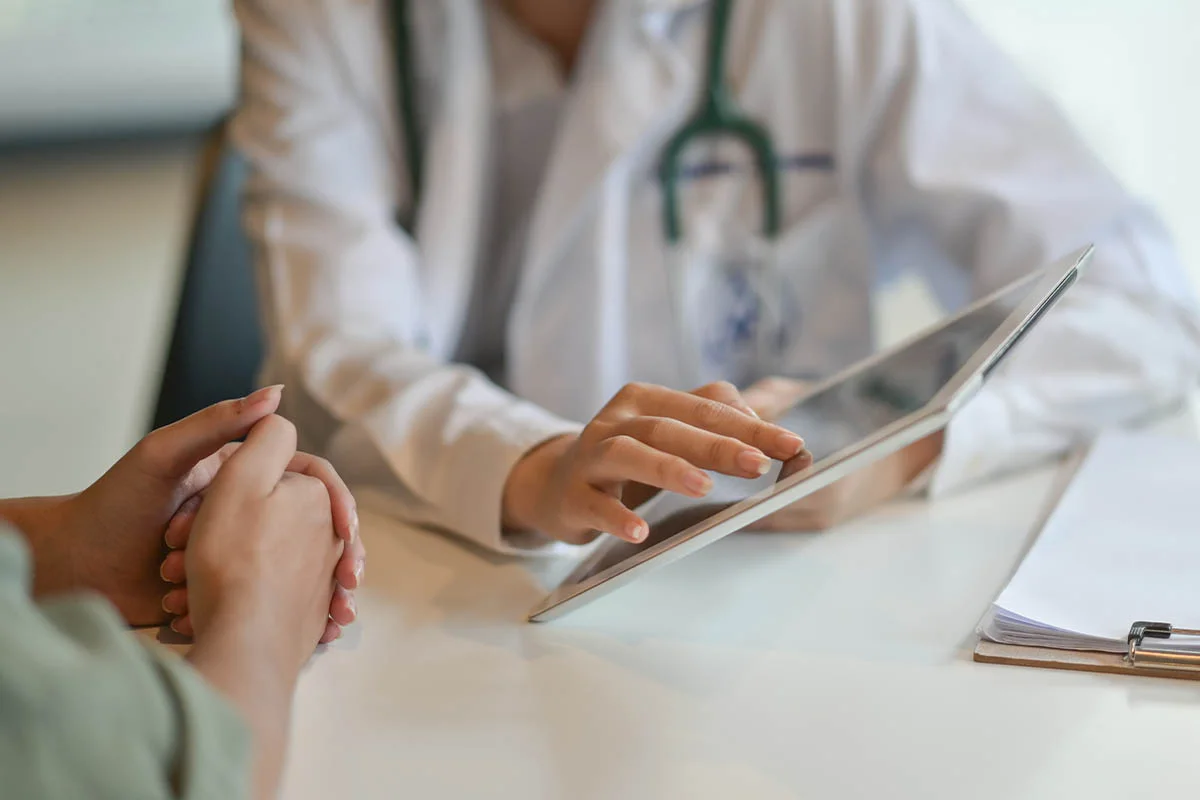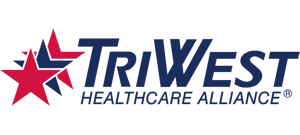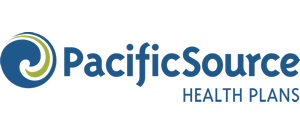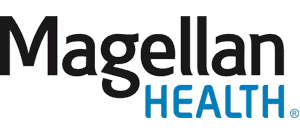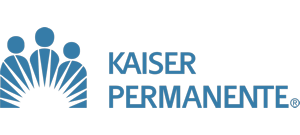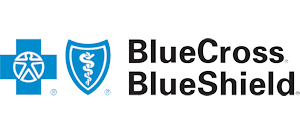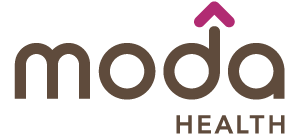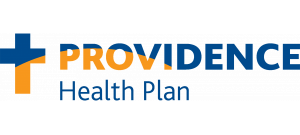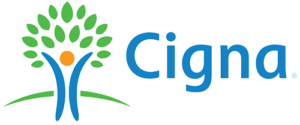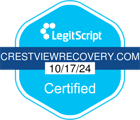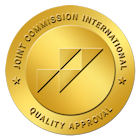In 2015 in the United States alone, more than 33,000 people died as a result of an opioid overdose. More than half of those overdoses were a result of prescription opioids. That statistic is terrifying. Sadly, there are more.
The National Institute on Drug Abuse has collected statistics on opioid use and abuse. Here are some of them:
- In 2015, two million Americans had an opioid addiction
- Every day, 91 Americans die from an opioid overdose
- From 1999 to 2015, over 200,000 people died from overdoses related to opioids
- The amount of prescription opioids sold in the United States has quadrupled since 1999
- In 2012, 259 million prescriptions were written for opioids, which is enough for every American adult to have their own bottle of pills
- The estimated total cost of prescription opioid abuse in the United States is $78.5 billion a year, including the costs of healthcare, lost productivity, and criminal justice proceedings
The danger is real. If you or someone you care about is abusing opiates, it’s vital for you to learn the signs of an overdose. If you spot them, you'll be prepared to take action and find help for addiction recovery. If you are looking for an opioid addiction rehab program in Portland, call 866.262.0531.
Signs of Opioid Overdose
It's important to call 911 right away as a response to an opioid overdose, which can be deadly. If someone is overdosing on opioids, they may have one or more of the following signs:
Pinpoint Pupils
It’s sometimes difficult to determine whether a person is actually in the middle of an opioid overdose. The first way to check is to look at their eyes. If their eyes are closed, you can gently lift up their lids to look at their pupils. During an overdose, the pupils will look like pinpoints.
In normal lighting, pupils adjust to let in lots of light. If they aren't reacting to light changes, and are less than one millimeter in diameter, they’re pinpoints. There’s no need to get overly specific about measuring pupils. If they look smaller than normal, especially when in combination with other symptoms, then an overdose is likely.
Difficult or Slowed Breathing
Opioid abuse of any kind can impact the respiratory system. Using opiates, whether heroin, morphine or prescription opioid painkillers, can make it harder to breathe. During an overdose, that problem will only get worse.
It’s possible for people suffering from an overdose to have very slowed breathing. They may also be struggling to inhale. Any breathing problems are severe because they can quickly lead to brain damage or even death.
Being Non-responsive
Someone in the middle of an overdose is also likely going to be non-responsive. You can talk to them, shake them or try to wake them up, but they may still not be able to respond.
You can also look for clues in their body language. During an overdose, the body will be limp. The head will likely be hanging down, not propped or held up in any way. This shows that the individual simply doesn’t have control over their body any longer.
Blue Coloring in Face or Fingers
Another common sign of an opiate overdose is a change in skin color. If you suspect that someone is in the middle of an overdose, their skin could be an indication. A pale face is very common. Also common is a blue face or blue fingertips.
This blueness is also called cyanosis. It happens where there isn't enough oxygen getting to the blood. If an overdose gets to this stage, emergency treatment is absolutely a necessity.
How to Respond to an Opioid Overdose
If there’s any question that a loved one is going through an overdose, get help immediately. Calling 911 is the fastest way to alert medical personnel to the scene. Describe the symptoms and situation, provide the location of the person, and stay on the line until EMS personnel arrive. Do not leave the scene before help arrives.
If available, administer naloxone (also known as Narcan), a medication that can reverse an opioid overdose by restoring breathing. Naloxone is now widely available over-the-counter in many states, and is also carried by first responders.
Do not leave the person alone after administering naloxone; he or she may require additional medical assistance. Stay with them until help arrives, keep an eye on their breathing, and provide reassurance that medical care is coming soon.
Stay vigilant and be prepared to administer more naloxone if the person’s breathing stops again. It is important to follow the instructions provided by the healthcare provider and only administer naloxone as instructed.
It's also important to seek help from a medical professional following an overdose, even if it appears that the person has been sufficiently treated. With proper medical care and support, individuals can recover from an opioid overdose and begin to receive treatment for addiction.
Opioid Rehab in Portland
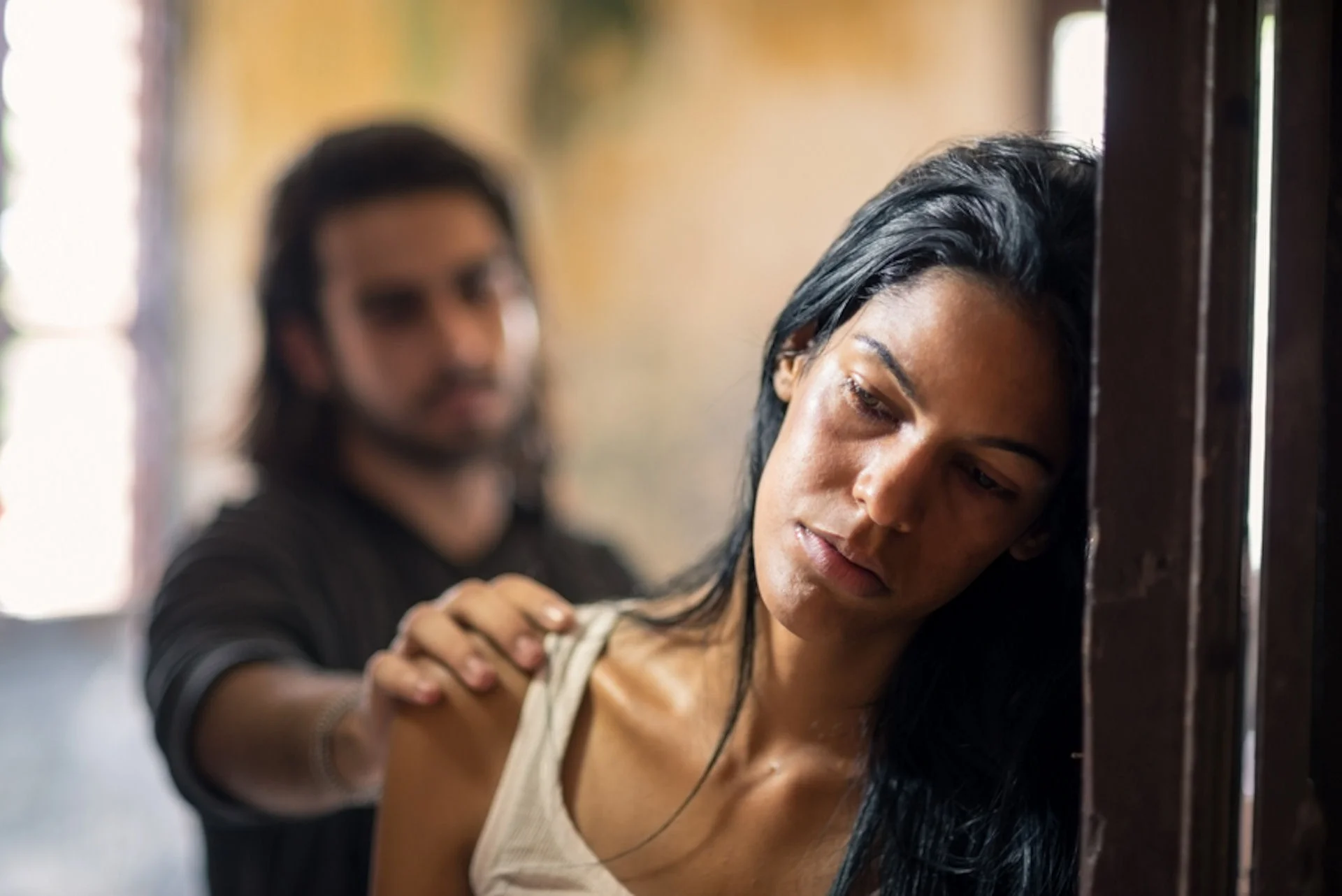 The only truly effective way to avoid an opioid overdose is to end opioid addiction. At Crestview Recovery in Portland, Oregon, you can make strides toward a life that is free from addiction.
The only truly effective way to avoid an opioid overdose is to end opioid addiction. At Crestview Recovery in Portland, Oregon, you can make strides toward a life that is free from addiction.
In treatment, patients have access to a long list of resources and substance use treatments. A handful of these can include the following:
Get the Help You Need From Crestview Recovery
Knowing how to spot an opioid overdose could save a life one day. Eliminating addiction at Crestview Recovery in Portland, Oregon, could save a life forever. Take back control over your life by calling 866.262.0531 today.

